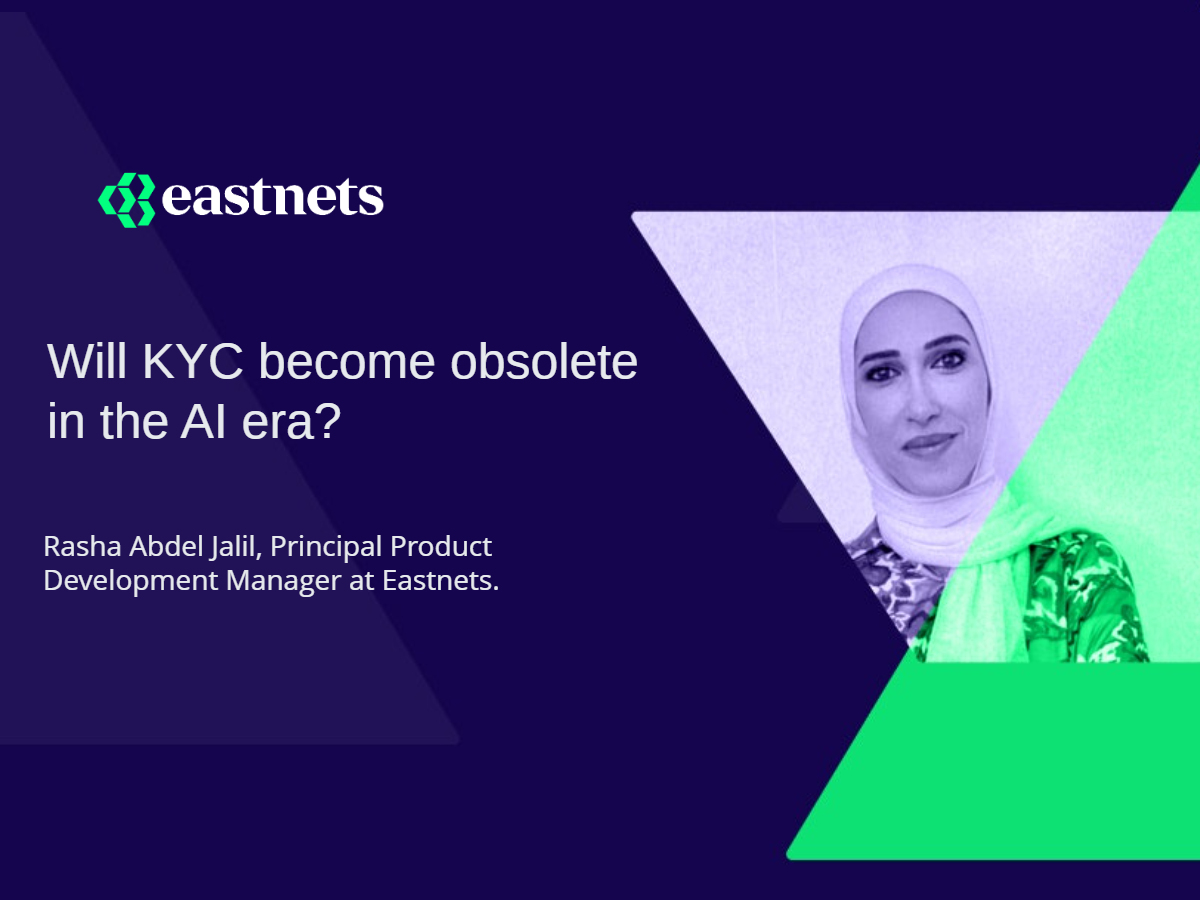Human beings are a social species, and as a result, we have many mechanisms that promote cooperation amongst groups of individuals. Cooperation and collaboration are also essential aspects of the digital world. This is particularly important when fighting a common enemy in the form of financially motivated fraudsters.
Collaboration is a long-recognized attribute used across industries to provide the intelligence and power to take on the onslaught of fraud and Financial crime. However, new and updated regulations and initiatives empower cooperation in the financial sector to bolster anti-money laundering (AML). An example of collaboration leveraged in a regulatory framework is the European Council’s Anti-money laundering Authority (AMLA).
Why are cooperation and collaboration needed to prevent fraud?
Financial criminals work together to improve the success of their fraudulent activities. The dark web contains examples of financial criminals acting in unison to share intelligence. Dark web forums facilitate the sharing of information on vulnerabilities and zero days. Data is sold and used to commit fraud and identity theft; financial information is shared or sold to commit fraud; Financial criminals conspire to create more potent malware and collaborate on large-scale attacks.
To counterbalance financial criminal collaborative efforts, businesses and governments must cooperate to mitigate financial crime. For example, the Council of Europe has called for “international cooperation,” offering support using the Interpol 24/7 global communication system. In 2021, the Biden Administration in the USA published a statement encouraging the use of cooperation to mitigate financial crime. The publication states that the USA will bring together “30 countries to accelerate our cooperation in combatting Financial crime, improving law enforcement collaboration, stemming the illicit use of cryptocurrency, and engaging on these issues diplomatically.”
Ultimately, sharing intelligence and working cooperatively to prevent Financial criminal activity is crucial in the fight against financial crime. This fact is reflected in the AMLA framework.
Why is the AMLA needed?
Data is behind these new opportunities and challenges in banking. But the latest financial infrastructures have also resulted in low-quality data, nonstandard data structures, and data sources that are disparate and fragmented. A landscape built upon fragmented systems and platforms makes automated transaction monitoring and due diligence difficult and less accurate.
These issues are exacerbated by divergences between national regimes and a lack of cooperation between AML (anti-money laundering) authorities. This has led to a move towards a Supernational AML authority that can supervise institutions with the highest risks. However, to ensure the success of these initiatives, a high level of cooperation between AML authorities is needed: this has led to the creation of the European Council’s AMLA.
Convergence, cooperation, and supervision
The level of cooperation required to take on Financial crime requires stringent enforcement. This comes from the financial regulators and their powers to enact laws. The Anti-money laundering Authority (AMLA) has cooperation and collaboration at its heart. The AMLA ensures that law enforcement agencies such as Financial Intelligence Units (FIUs) work closely with Financial Institutions and central banks to combat cross-border financial crime.
The levels of cooperation established by the AMLA include:
- A single integrated system of AML/CFT supervision across the EU
- Common supervisory methods and convergence of high supervisory standards.
- Monitoring and coordination of national supervisors responsible for other financial entities
- Coordination supervisors for non-financial entities
- The support of cooperation among national Financial Intelligence Units alongside facilitation, coordination, and joint analyses to better detect illicit financial flows of a cross-border nature.
The AMLA has powers to enforce cooperation using:
Penalties: the AMLA may impose penalties on the entities that it supervises. AMLA may also refer certain matters to the relevant national authorities in cases where it is possible to prove criminal activity
Direct supervision: the AMLA will take a direct supervisory role with EU financial institutions that are seen as having a high AML/CFT risk; these institutions are referred to as ‘Selected Obligated Entities’.
Indirect supervision: even those FIs deemed a lower risk, i.e., non-Selected Obligated Entities, will be indirectly supervised by AMLA using national financial authorities. If AML/CFT compliance is degraded in such entities, the national financial authorities must notify AMLA. This may result in an investigation or sanctions. If non-compliance warrants, the AMLA may request that national authorities grant direct supervision over the noncompliant entities.
Periodic assessment: AMLA will include guidelines and recommendations for risk-based AML/CFT/ The AMLA will also perform regular assessments of national supervisors and conduct reviews of non-financial supervisory authorities.
This level of cooperation and centralization of authorities is likely to become normalized as Financial crime continues to escalate.
How to meet AMLA regulatory compliance
The implementation date for compliance with the AMLA is 2024; banks and FIs that operate across the EU must prepare for the changes and adjust to these new levels of cooperation and supervision. Therefore, to ensure adherence to the AMLA requirements, an FI should prioritize the following processes as part of their risk-based approach:
- Customer Due Diligence/Know Your Customer (CDD/KYC): good quality identity data is central to reducing fraud. CDD and KYC require robust structures to gather and verify customer data.
- Ultimate Beneficial Ownership (UBO): As part of a KYC check, an FI must be able to validate a chain of beneficial ownership and identify shell company indicators.
- Sanction Screening: checks against sanctioned individuals are crucial in the fight against financial crime. However, sanction lists are often fluid in today’s complex geopolitical climate. Sanction screening tools such as ChainFeed use always-on connectivity to watchlists to instantly update and distribute the sanction data to all nodes of a distributed ledger.
- PEP screening: Politically Exposed Persons (PEPs) present a higher AML risk. PEP screening must be performed in real-time and batch mode.
- Adverse media monitoring: global media can reveal changes to customers' risk profiles. An FI must be able to use tools such as SafeWatchto monitor international media sources.
How cooperation in the fight against financial crime benefits an FI
FIs are likely to face increased costs and monitoring obligations relating to transactions involving high-risk countries, alternative assets, and private individuals. Given the frequent overlap between economic sanctions, anti-corruption, and AML enforcement efforts, continued international cooperation is needed to tackle financial crime This important movement is led by regulatory convergence and joint enforcement actions, as delivered by the EC’s AMLA. With the AMLA compliance date of 2024 looming, FIs must look to advanced platforms to help to achieve compliance and develop a cooperative landscape.





